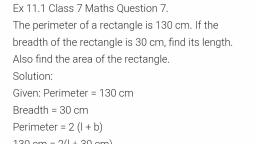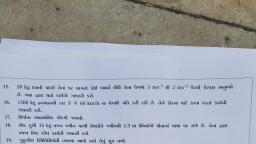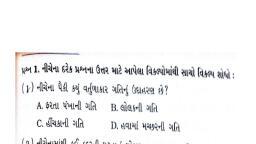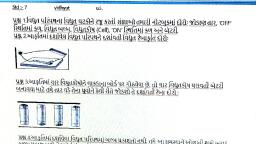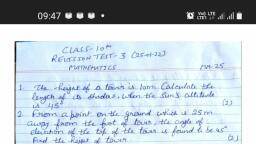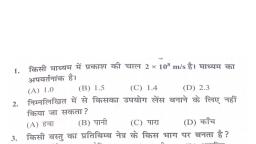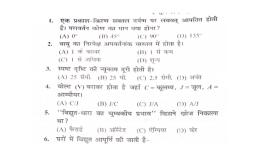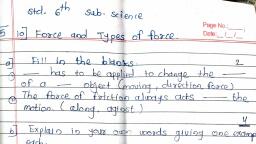Question 1 :
By which optical phenomena the splitting of white light into seven constituent colours occur?<br>
Question 3 :
The split of white light into its constituent colours by a triangular prism is called ________ .<br/>
Question 4 :
Fine beam of light entering through a small hole in a dark room illuminates the particles in its path. Identify the effect associated with this process.<br/>
Question 5 :
A person while reading a newspaper keeps it at a distance of $40$ cm, then he suffers from which of the following defects?
Question 6 :
On passing white light through a glass prism. Whichcolour ray will deviate maximum towards its base?
Question 7 :
If the power of an eye lens increases, then the defect of vision so produced is known as
Question 8 :
If the image of distant objects is formed in front of the retina, the defect of vision may be
Question 10 :
A defect, in which a person suffering from is unable to see in all directions equally well, is:
Question 15 :
When a white light ray falls on a prism, the ray at its first surface suffers:<br>
Question 17 :
Assertion: The setting sun appears to be red. <br>Reason: Scattering of light is directly proportional to the wavelength.
Question 18 :
Assertion: In the absence of atmosphere the sky would appear black.<br/>
Reason: Atmosphere scatters the light and hence we get blue colour.
Question 19 :
Assertion: The setting sun appears to be red.
Reason: Scattering of light is directly proportional to the wavelength.
Question 20 :
When is the direction of scattered light independent of the wavelength?
Question 21 :
In old age farsightedness is a defect of eye in man, in which
Question 22 :
Two point white dots are 1 mm apart on a black paper. They are viewed by eye of diameter $3\ mm $.<br/>Approximately, what is the maximum distance at which these dots can be resolved by the eye?<br/>[ take wavelength of light >500nm]
Question 23 :
One of the following is not an example of incomplete sex-linkage
Question 24 :
Myopia or near sightedness is a defect of eyes in which<br>
Question 25 :
The process of re-emission of absorbed light in all directions with different intensities by the atom or molecule is called ____________.

